Throughout much of NJ during this week, the growing degree days (GDD) will be increasing consistently. By the end of the week, many areas will exceed 90 GDD, which means the eastern tent caterpillars will begin to hatch. Not all eggs will hatch at once since a staggered hatching period will potentially increase survival rates if the weather happens to cool again.
The photographs of the eastern tent caterpillar’s life cycle included in this blog were all taken during the spring of 2016 at the same site in Freehold, NJ. They are placed in chronological order covering a time span of 10 weeks from 1st egg hatch on 3/23/16 to late pupation on 6/2/16. In 2016, central NJ experienced a relatively warm early spring that enabled the speedy first hatching.
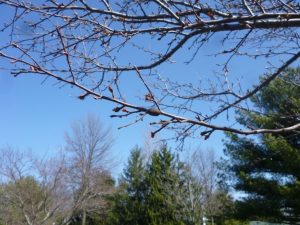
Date: 3/23/16 (No hatch). Do you see it? One inch long Tent Cat egg mass overwinters encircling 2-3 year old twigs. (Photo Credit: Steven K. Rettke, Rutgers Coop. Ext.)
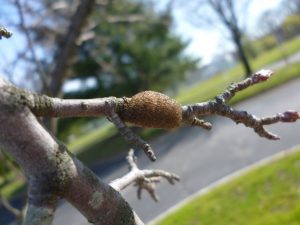
Date: 3/23/16 (No Hatch). Close-up of the Tent Cat egg mass. It has the appearance & feel of styrofoam. (Photo Credit: Steven K. Rettke, Rutgers Coop. Ext.)
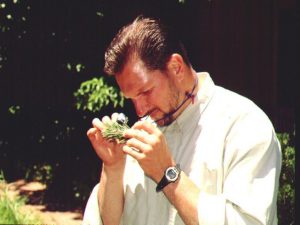
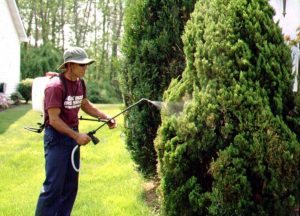
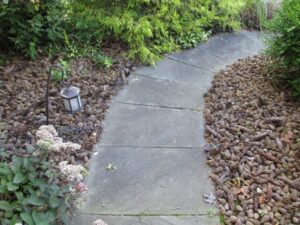
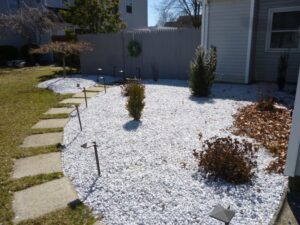
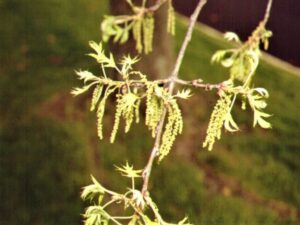
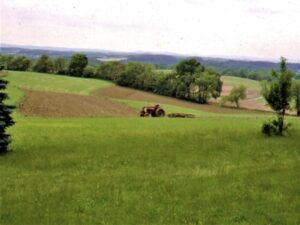
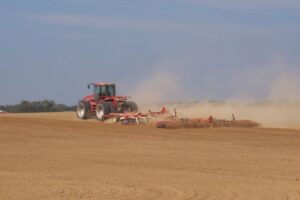
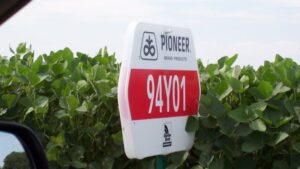
 age of 88. After completing his college degree at Rutgers, Bill served our country in the military until 1955 where he earned the rank of First Lieutenant. He then returned to Rutgers, Cook College, to teach and later became an Extension Specialist in Agricultural Engineering. Early in his career, he invented the air-inflated, double-layer polyethylene film system for covering the roof of a greenhouse. Today, approximately 65 percent of all commercial greenhouses in the United States use the air-inflated system. This innovation won Bill many awards and tremendous gratitude from the industry. On a personal note, Bill was most known for his tremendous faith and love for family; especially wife Dottie. For more information about Bill Roberts, please see the beginning pages of the
age of 88. After completing his college degree at Rutgers, Bill served our country in the military until 1955 where he earned the rank of First Lieutenant. He then returned to Rutgers, Cook College, to teach and later became an Extension Specialist in Agricultural Engineering. Early in his career, he invented the air-inflated, double-layer polyethylene film system for covering the roof of a greenhouse. Today, approximately 65 percent of all commercial greenhouses in the United States use the air-inflated system. This innovation won Bill many awards and tremendous gratitude from the industry. On a personal note, Bill was most known for his tremendous faith and love for family; especially wife Dottie. For more information about Bill Roberts, please see the beginning pages of the 


